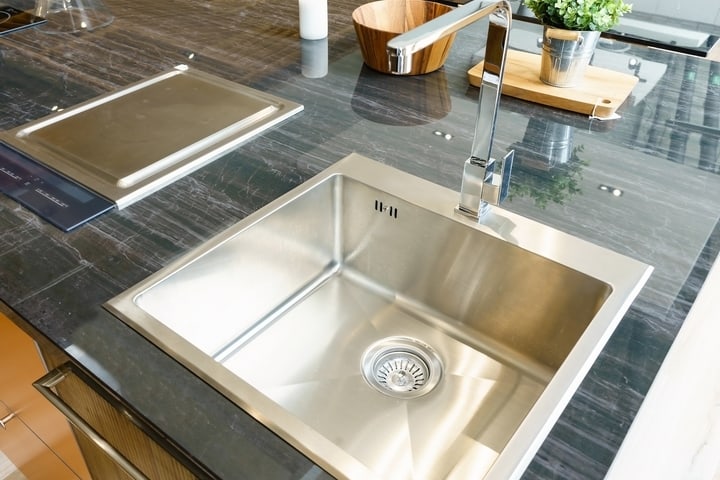When it comes to choosing the right kitchen sink for your home, one of the most important factors to consider is the material it is made of. There are various materials available in the market, each with its own set of pros and cons. Let's take a closer look at some of the most popular kitchen sink materials and their features. Stainless Steel: Stainless steel sinks are the most commonly used in modern kitchens. They are durable, affordable, and easy to clean. However, they can be prone to scratch and dent, and may not be the most visually appealing option. Granite Composite: Made of a mixture of granite stone and acrylic resin, these sinks are known for their durability and resistance to scratches and stains. They also come in a variety of colors and designs, making them a popular choice for modern kitchens. However, they can be expensive and require special care and maintenance. Fireclay: Fireclay sinks are made of ceramic clay and coated with a layer of glaze. They are extremely durable and resistant to scratches and stains. They also have a classic and elegant look that adds a touch of sophistication to any kitchen. However, they can be quite heavy and may require additional support during installation. Copper: Copper sinks are a popular choice for those looking for a unique and luxurious option. They have a warm and rich appearance and are highly durable. However, they can be expensive and require regular polishing to maintain their shine.1. Kitchen Sink Materials: Pros and Cons
Choosing the right kitchen sink for your home can seem like a daunting task with so many options available. However, by considering a few key factors, you can narrow down your choices and find the perfect sink for your needs. Size and Configuration: The size and configuration of your kitchen sink should be determined by your usage and the available space in your kitchen. If you have a large family or do a lot of cooking, a double or even triple bowl sink may be more practical. However, if you have limited counter space, a smaller single bowl sink may be a better fit. Style and Design: Kitchen sinks come in various styles and designs, from traditional to modern. Consider the overall look and feel of your kitchen and choose a sink that complements it. You may also want to consider the type of faucet you have and ensure it is compatible with the sink you choose. Budget: Kitchen sinks can range from a few hundred to several thousand dollars. Consider your budget and choose a sink that fits within it. Remember, while a more expensive sink may offer additional features and durability, it may not be necessary for your needs.2. How to Choose the Right Kitchen Sink for Your Home
Aside from the sink, the kitchen countertop is another important working surface in the kitchen. It is essential to choose a material that is not only aesthetically pleasing but also durable and functional. Here are some of the best materials for kitchen countertops: Quartz: Quartz is a man-made material that is highly durable and resistant to scratches, stains, and heat. It is also available in a wide range of colors and patterns, making it a popular choice for modern kitchens. Granite: Granite is a natural stone that is known for its durability and unique patterns. It is heat-resistant and can withstand heavy use, making it an ideal choice for busy kitchens. However, it can be quite expensive and may require regular sealing to prevent stains. Laminate: Laminate is an affordable and low-maintenance option for kitchen countertops. It is available in a variety of colors and designs, making it easy to match with your kitchen's style. However, it can be easily scratched and damaged by heat and may not last as long as other materials. Marble: Marble is a luxurious and elegant choice for kitchen countertops. It is heat-resistant and adds a touch of sophistication to any kitchen. However, it can be expensive and requires regular sealing to prevent stains and scratches.3. The Best Materials for Kitchen Countertops
If you are remodeling your kitchen or simply replacing your old kitchen sink, it is important to know how to install it properly. Here are the basic steps for installing a kitchen sink: 1. Measure and cut a hole in the countertop according to the dimensions of your sink. 2. Install the sink strainers and any additional accessories, such as a garbage disposal or soap dispenser. 3. Apply a bead of silicone caulk around the edges of the sink and carefully lower it into the countertop hole. 4. Secure the sink in place with mounting clips or brackets. 5. Connect the plumbing, including the faucet and drain, according to the manufacturer's instructions. 6. Turn on the water supply and check for any leaks.4. How to Install a Kitchen Sink
Double kitchen sinks have become increasingly popular in modern kitchens, and for good reason. Here are some of the benefits of having a double kitchen sink: Separate Tasks: With two separate bowls, you can easily separate tasks in the sink, such as washing dishes in one and prepping food in the other. This can save you time and make your kitchen more efficient. More Space: Double sinks provide more space for washing and drying dishes, making them ideal for large families or those who do a lot of cooking. Added Functionality: Some double sinks come with additional features, such as a built-in drainboard or a smaller third bowl for a garbage disposal. This adds to the functionality of the sink and makes it more convenient to use.5. The Benefits of a Double Kitchen Sink
Proper cleaning and maintenance are essential to keep your kitchen sink looking and functioning its best. Here are some tips for cleaning and maintaining your sink: Regular Cleaning: Clean your sink daily with a mild detergent and a non-abrasive sponge. Rinse with warm water and dry with a clean cloth to prevent water spots. Deep Cleaning: For tougher stains and build-up, use a mixture of baking soda and vinegar to scrub the sink. Rinse thoroughly and dry with a clean cloth. Prevent Scratches: Avoid using harsh chemicals or abrasive cleaners on your sink, as they can scratch the surface. Also, use a sink grid or mat to protect the bottom of the sink from scratches. Regular Maintenance: Depending on the material of your sink, you may need to perform regular maintenance, such as sealing or polishing, to keep it in top condition. Consult the manufacturer's instructions for the best maintenance practices.6. How to Clean and Maintain Your Kitchen Sink
The size of your kitchen sink should be determined by your usage and the available space in your kitchen. Here are some tips for choosing the perfect kitchen sink size: Consider Your Needs: If you have a large family or do a lot of cooking, a larger sink may be more practical. However, if you have limited counter space, a smaller sink may be a better fit. Measure the Space: Before purchasing a sink, measure the space where it will be installed. This will help you determine the maximum size of the sink that will fit in your kitchen. Think About the Depth: The depth of your sink can also affect its functionality. A deeper sink can hold more dishes, but a shallower sink may be easier to use for smaller tasks.7. Choosing the Perfect Kitchen Sink Size
When it comes to choosing a kitchen sink, it is important to consider the brand as well. Here are some of the top kitchen sink brands that are known for their quality and durability: Kohler: Kohler is a well-known brand that offers a wide range of sinks in various materials and styles. They are known for their innovative designs and high-quality products. Blanco: Blanco is a German company that specializes in kitchen sinks and faucets. They are known for their sleek and modern designs and high-quality materials. Elkay: Elkay is a popular brand that offers a wide range of sinks in different materials and configurations. They are known for their durability and functionality. Franke: Franke is a Swiss company that produces high-end kitchen sinks and faucets. They are known for their elegant and sophisticated designs and top-quality materials.8. The Top Kitchen Sink Brands
When installing a kitchen sink, you also need to consider the type of mount that is best for your needs and kitchen configuration. Here are the different types of kitchen sink mounts: Top Mount: Also known as a drop-in or self-rimming sink, this type of mount sits on top of the countertop with the edges overlapping the sink cutout. Undermount: An undermount sink is installed from underneath the countertop, creating a seamless look with no edges or lips overlapping the countertop. Flush Mount: Similar to an undermount sink, a flush mount sink is also installed from underneath the countertop but sits flush with the surface. Farmhouse/Apron Front: This type of sink has a front-facing panel that extends beyond the countertop. It is usually installed as an undermount or flush mount.9. The Different Types of Kitchen Sink Mounts
The kitchen sink is one of the most used areas in the kitchen, making it essential to have a durable working surface. Here are some reasons why a durable kitchen sink working surface is important: Longevity: A durable sink can withstand heavy use and last for many years without needing to be replaced. This can save you money and the hassle of frequent repairs or replacements. Efficiency: A durable sink can make your kitchen more efficient by allowing you to complete tasks quickly and easily. This can save you time and make cooking and cleaning more enjoyable. Hygiene: A durable sink is easier to clean and maintain, making it more hygienic. This is especially important in a busy kitchen where cleanliness is crucial to prevent the spread of bacteria and germs. In conclusion, choosing the right kitchen sink and working surface is essential for any functional and efficient kitchen. By considering factors such as material, size, and brand, you can find the perfect sink that meets your needs and fits your budget. With proper maintenance and care, your kitchen sink can serve you for many years to come.10. The Importance of a Durable Kitchen Sink Working Surface
The Importance of a Kitchen Sink Working Surface in House Design

Maximizing Functionality and Aesthetic Appeal
 When it comes to house design, the kitchen is often considered the heart of the home. It's where families gather, meals are prepared, and memories are made. As such, it's important to ensure that every aspect of the kitchen is well thought out and designed to not only be functional but also visually appealing. One often overlooked element of kitchen design is the
kitchen sink working surface
. However, this seemingly mundane feature plays a vital role in both the functionality and aesthetic appeal of a kitchen.
When it comes to house design, the kitchen is often considered the heart of the home. It's where families gather, meals are prepared, and memories are made. As such, it's important to ensure that every aspect of the kitchen is well thought out and designed to not only be functional but also visually appealing. One often overlooked element of kitchen design is the
kitchen sink working surface
. However, this seemingly mundane feature plays a vital role in both the functionality and aesthetic appeal of a kitchen.
Efficiency and Ease of Use
 The
kitchen sink working surface
serves as the main workspace in the kitchen, where most food preparation and clean-up takes place. As such, it needs to be designed with efficiency and ease of use in mind. This means having enough space for tasks such as chopping, washing, and drying, as well as being at a comfortable height for the user. A well-designed working surface can make all the difference in the cooking and cleaning process, making it more efficient and enjoyable.
The
kitchen sink working surface
serves as the main workspace in the kitchen, where most food preparation and clean-up takes place. As such, it needs to be designed with efficiency and ease of use in mind. This means having enough space for tasks such as chopping, washing, and drying, as well as being at a comfortable height for the user. A well-designed working surface can make all the difference in the cooking and cleaning process, making it more efficient and enjoyable.
Design and Style
 In addition to its functionality, the
kitchen sink working surface
also has a significant impact on the overall design and style of the kitchen. It's often one of the first things that catch the eye when entering the space, and as such, it should be visually appealing and in line with the overall design aesthetic. From sleek and modern to rustic and farmhouse, there are endless options for working surface materials, colors, and styles to fit any design preference.
In addition to its functionality, the
kitchen sink working surface
also has a significant impact on the overall design and style of the kitchen. It's often one of the first things that catch the eye when entering the space, and as such, it should be visually appealing and in line with the overall design aesthetic. From sleek and modern to rustic and farmhouse, there are endless options for working surface materials, colors, and styles to fit any design preference.
The Versatility of Materials
 When it comes to choosing the right material for your
kitchen sink working surface
, there are numerous options available. Each material offers its own unique benefits and can add a different look and feel to the kitchen. From the classic and durable option of stainless steel to the elegant and timeless appeal of granite, the material you choose will have a significant impact on the overall design and functionality of your kitchen.
When it comes to choosing the right material for your
kitchen sink working surface
, there are numerous options available. Each material offers its own unique benefits and can add a different look and feel to the kitchen. From the classic and durable option of stainless steel to the elegant and timeless appeal of granite, the material you choose will have a significant impact on the overall design and functionality of your kitchen.
Final Thoughts
 In conclusion, the
kitchen sink working surface
is a crucial element in any well-designed kitchen. It not only serves as a functional workspace but also adds to the overall aesthetic appeal of the space. When designing your kitchen, be sure to give careful consideration to the material, size, and style of your working surface to create a space that is both beautiful and practical.
In conclusion, the
kitchen sink working surface
is a crucial element in any well-designed kitchen. It not only serves as a functional workspace but also adds to the overall aesthetic appeal of the space. When designing your kitchen, be sure to give careful consideration to the material, size, and style of your working surface to create a space that is both beautiful and practical.























.jpg)
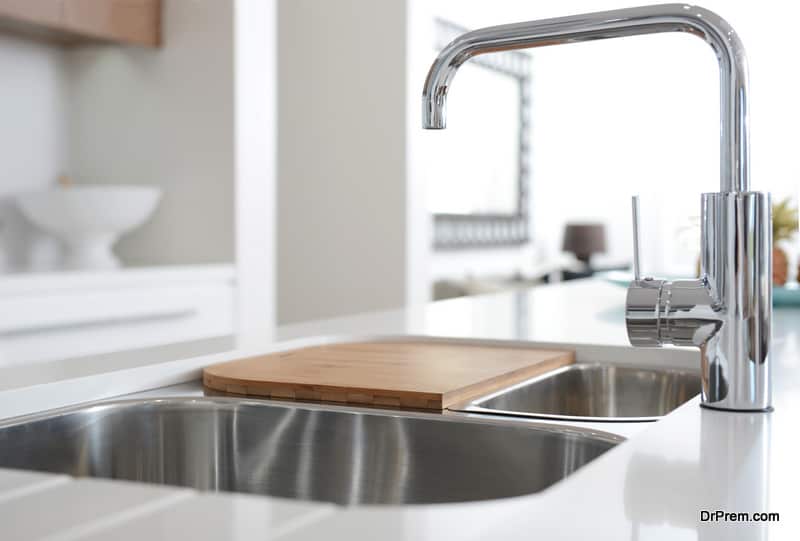




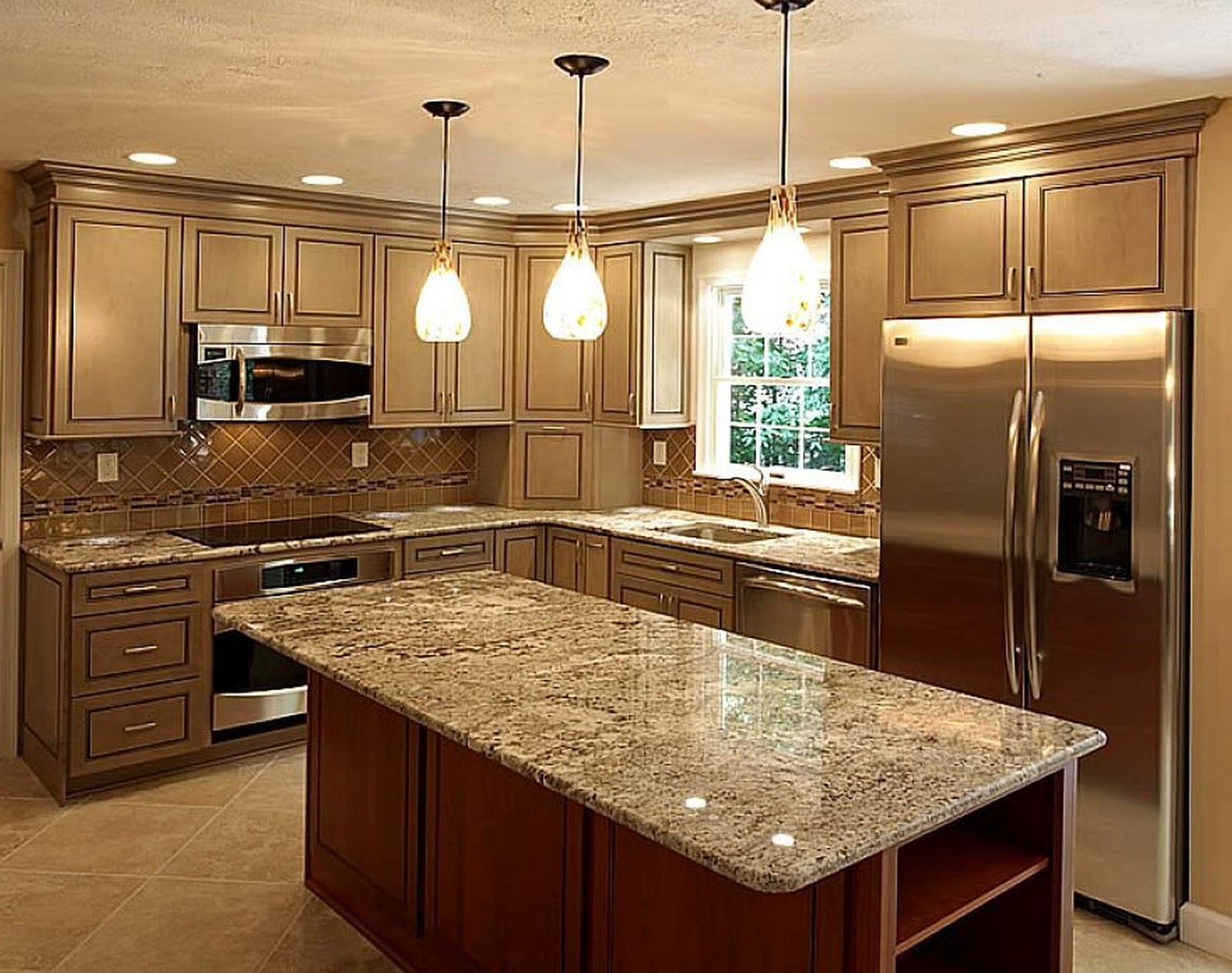
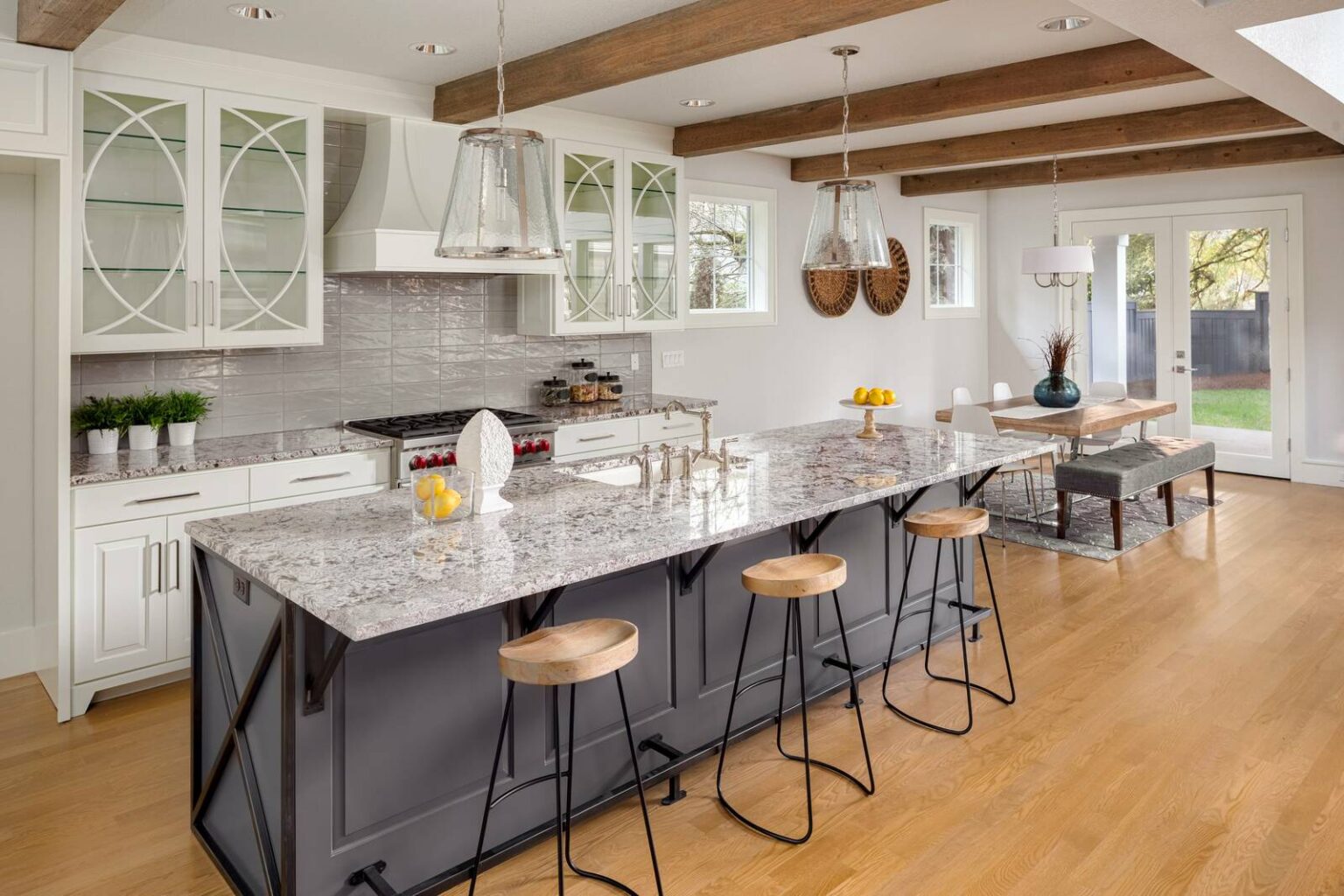

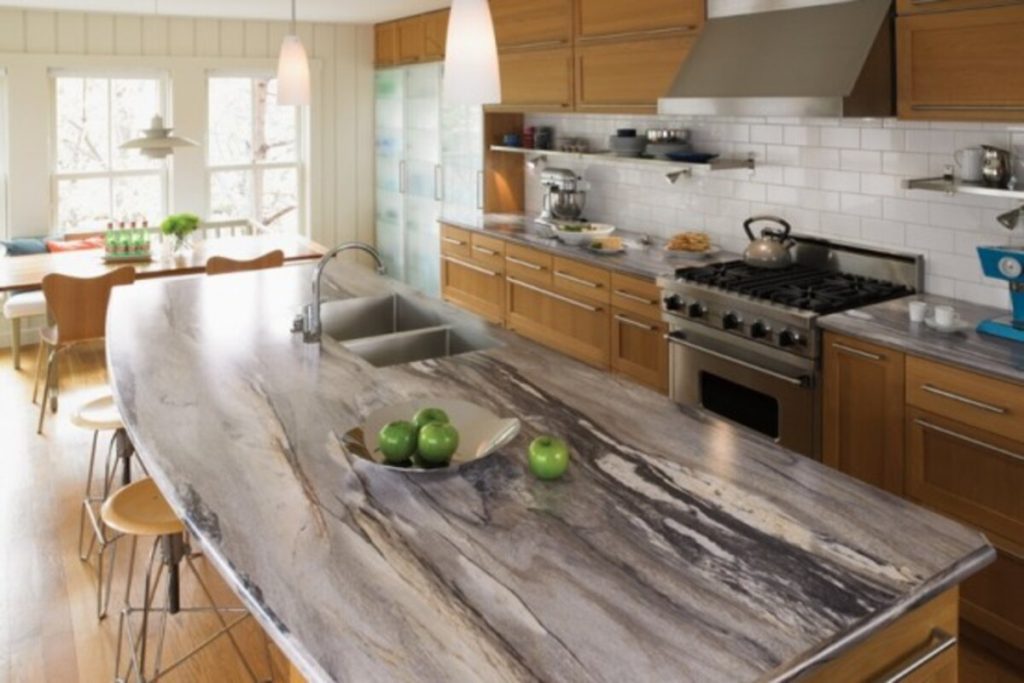








































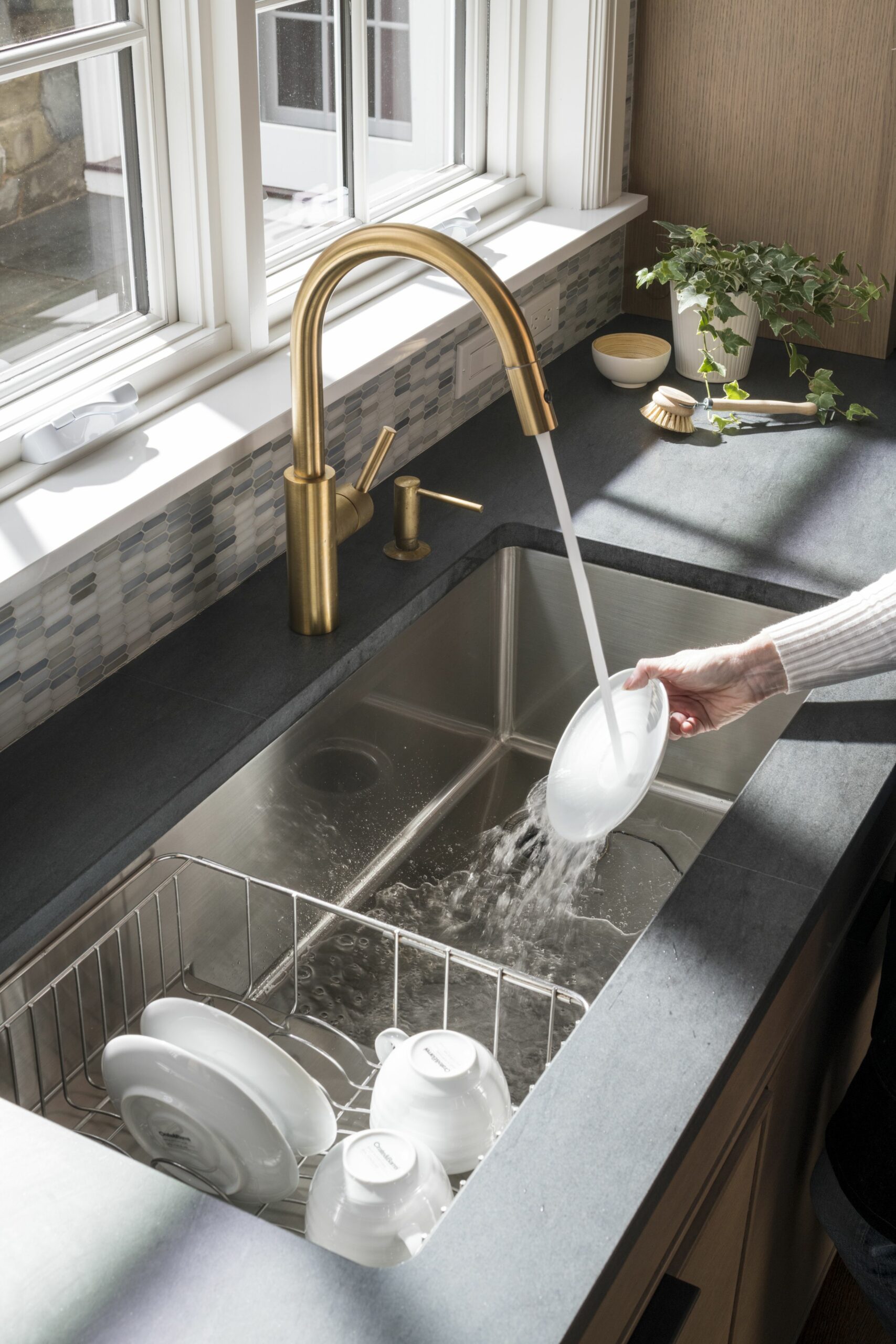



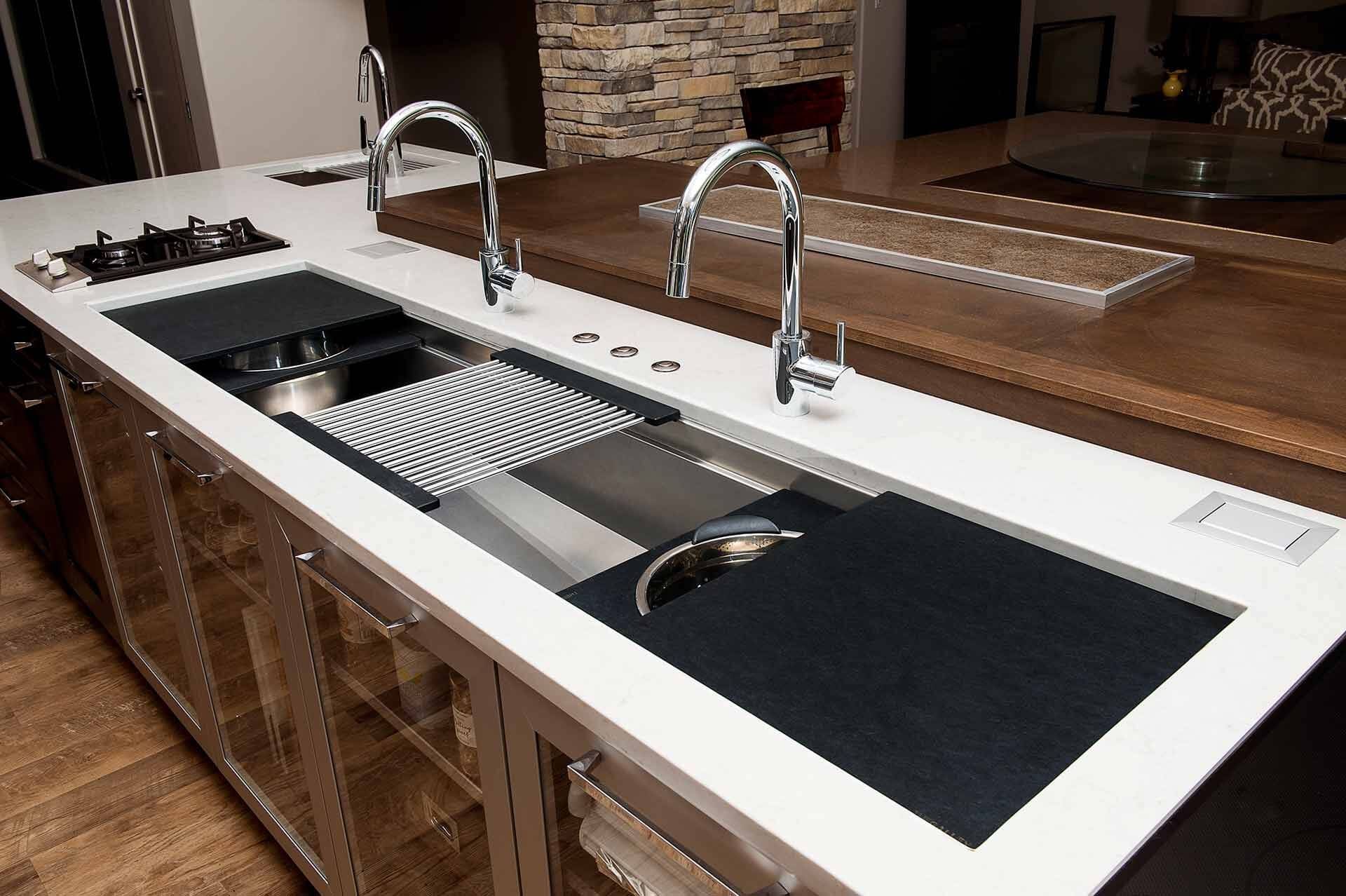








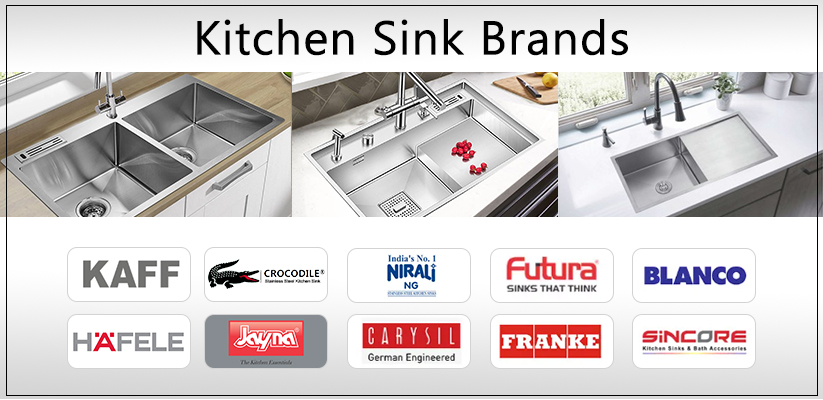



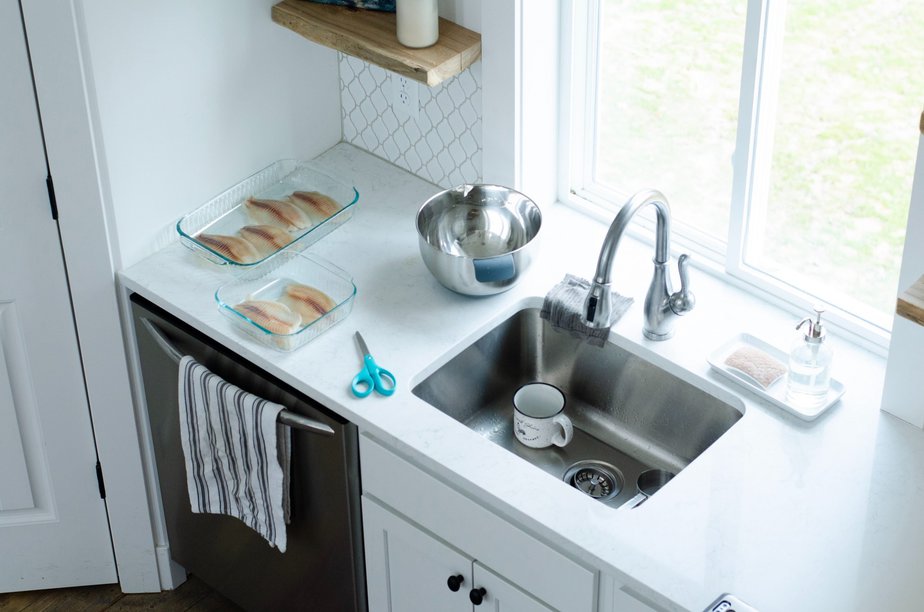












:max_bytes(150000):strip_icc()/Basic-kitchen-sink-types-1821207_color_rev-0b539306b9ef4236a136624ad2a89a4c.jpg)
